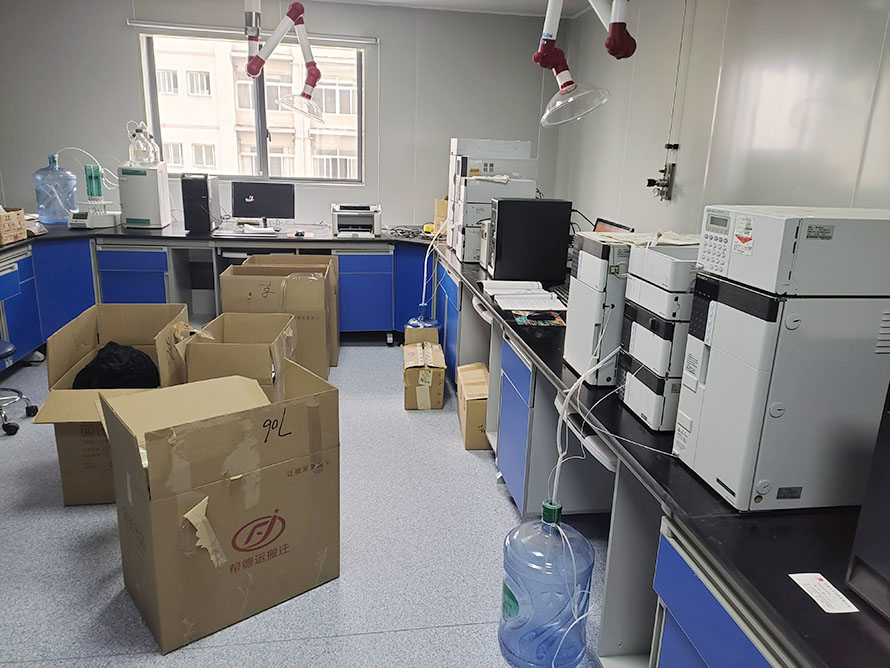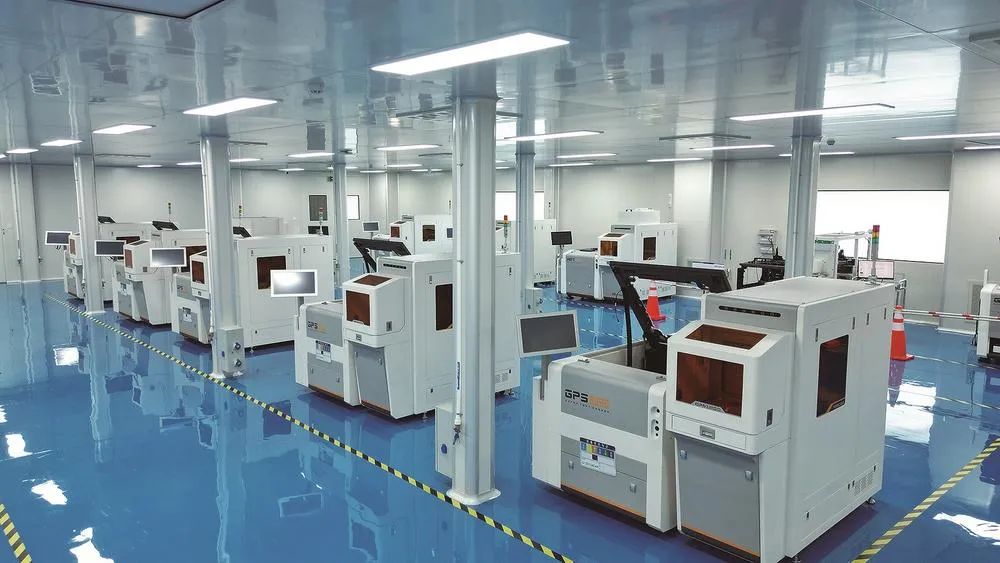Mass spectrometers are widely used analytical instruments in fields such as chemistry, biology, medicine, and materials science, mainly used for qualitative and quantitative analysis of substances. One of the core components of mass spectrometers is the ion source, which is responsible for converting sample molecules into charged particles (ions), which are then accelerated, focused, mass-analyzed, and detected. Mass spectrometers have a variety of ion sources, each with its unique working principle and application range. Below, we will discuss several common types of ion sources and their working principles and applications.
1. Electron Impact Ion Source (EI)
Electron impact ion source is one of the most commonly used ion sources, suitable for most organic compounds. In EI ion sources, when the sample is ionized, electrons interact with the sample molecules, causing electrons to escape from the molecules, forming positive ions. This type of ion source is simple and efficient and suitable for the analysis of most organic compounds.
2. Chemical Ionization Source (CI)
Chemical ionization ion source produces ions by mixing the sample with an inert gas (such as helium, argon) and then ionizing it. Compared with EI, the CI ion source produces a wider ion mass distribution, which can provide more detailed molecular weight information and is particularly suitable for the analysis of macromolecules such as proteins and peptides.
by mixing the sample with an inert gas (such as helium, argon) and then ionizing it. Compared with EI, the CI ion source produces a wider ion mass distribution, which can provide more detailed molecular weight information and is particularly suitable for the analysis of macromolecules such as proteins and peptides.
3. Thermal Ionization Source (TIS)
Thermal ionization ion source utilizes the ionization process of the sample at high temperatures to produce ions. This type of ion source is suitable for the analysis of thermally stable samples, especially for the analysis of organic or inorganic substances that do not decompose at high temperatures.
4. Field Desorption Ion Source (FAB)
Field desorption ion source utilizes a high-voltage electric field to desorb molecules or ions from the surface of the sample from a solid sample. This type of ion source is suitable for the analysis of high-molecular-weight compounds and biomacromolecules and can provide high-quality molecular weight information.
5. Chemical Ionization Source (CI)
Chemical ionization source is a type of ionization method that produces ions by mixing the sample with an inert gas (such as helium, argon) and then ionizing it. Compared with EI, the CI ion source produces a wider ion mass distribution, which can provide more detailed molecular weight information and is particularly suitable for the analysis of macromolecules such as proteins and peptides.
Application
The selection of ion source types for mass spectrometers depends on the characteristics of the analysis object, such as the chemical properties of the sample, molecular weight size, thermal stability, etc. Different types of ion sources are suitable for different analysis needs and can meet the analysis requirements of various complex samples. For example, EI ion sources are widely used in environmental samples, biological samples, and food analysis; while CI ion sources are commonly used for the analysis of proteins and peptides.
In summary, there are many types of ion sources for mass spectrometers, each with its unique advantages and application range. By selecting an appropriate ion source, efficient and accurate analysis of complex samples can be achieved.
